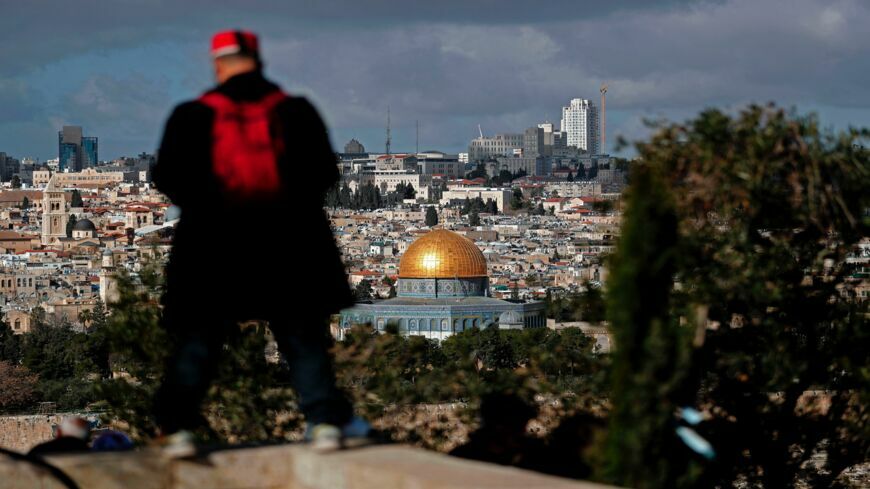Black Muslims are tweeting about the importance of their identity and faith this Eid al-Fitr via the hashtag #BlackOutEid. Here are some snippets from interviews with these captivating women:
Isha is an 18-year-old Black Muslim, poet and college student who will be attending the University of Wisconsin-Madison this fall.
For Eid, a lot of the outfits come from Gambia. Our mosque is under the Gambian Association, so many of the people come from there and Senegal. The dresses, abayas, and scarves all come from there. My mom makes us wear our best; I’ve never worn an Eid outfit twice. It’s kind of “go big or go home” when it comes to Eid fashion.My culture goes hand in hand with Eid practices. The food is the same, the music, the happiness- it’s all tied together. It’s one of the few times I don’t have to push myself into a space or feel like I don’t belong. I don’t have to forge room for myself. During Eid, I don’t feel different, separate, or like a sub-group of Muslims. No one’s questioning me about where I’m from or why I look the way I do, because I belong here.
Dua is a Sudanese performing artist based in Minneapolis. Recipient of the 2017 VERVE Grant, she also co-stars in the web series “Sweetness of Wild.”
Eid has always been a simultaneously celebratory and tumultuous day in my household. Every year, I’m awoken to an imam reciting qira’ats through a surround sound stereo. My mother takes special care to wake us, urging us to shower and wear clothes that she’s helped prepare for us weeks prior. Often it is bright flowing attire hiding the shape of my body and a bright, enclosed hijab blending well with the clothing. Sometimes we wear muted colors and dark tones, focusing on modesty and humility as our primary source of inspiration.
Aamina is a podcast host, producer, screenwriter, and organizer based in Minneapolis, Minnesota
Growing up, Somali culture was saturated with non-Black Muslims, and sometimes non-Muslim, styles for weddings, etc. Our cultural fashions were informal and not seen as anywhere near as beautiful, fancy, and elegant. Many Somalis still wear abaya and khamiis to Eid prayer. In recent years, you’ve definitely seen a movement for reclamation of culture. I think that might be from the impact of the internet and seeing others asking similar questions. Also, from finding other Black Muslims who are proud of their cultures and of each other’s more so than our non-black counterparts.



